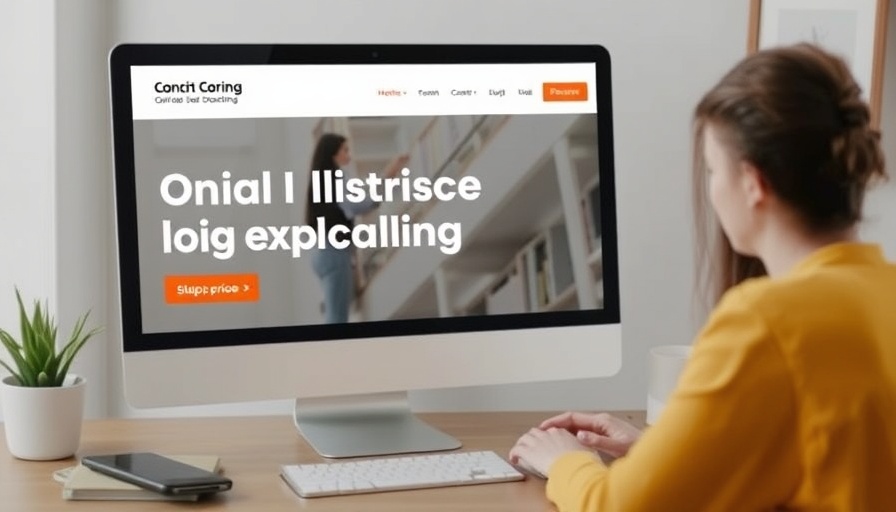
Unlocking Your Potential: The Power of Goal Setting with Your Strengths
Setting goals can be a daunting task, especially if it feels unaligned with your inherent strengths. But what if I told you that by focusing on your unique talents, you can transform the whole experience from a chore into vibrant motivation? This article delves into the transformative art of setting goals through the lens of your personal strengths, drawing insights from successful educators and thought leaders.
Understanding Your Strengths: A Foundation for Success
Research consistently shows that focusing on what we do best can lead to higher levels of achievement and satisfaction. According to Gallup's StrengthsFinder, individuals who leverage their strengths are six times more likely to be engaged in their work. By uncovering your individual strengths, you can build a tailored framework for setting and meeting your goals—whether they be personal, educational, or professional in nature.
Turning Mundane Tasks into Inspiring Challenges
Imagine looking at your to-do list and seeing it not as a collection of mundane tasks but as an exciting set of challenges. This shift in perspective is key. Personal anecdotes from educators reveal that when they set goals aligned with their core strengths—be it a talent for communication or the ability to foster relationships—their engagement skyrockets. One teacher shared how integrating her personal strengths into classroom management not only eased her stress but also built stronger connections with her students.
The Importance of an Action Plan
A robust action plan is vital for making progress towards your goals. This should encompass clear steps, deadlines, and measurable outcomes. For instance, if a teacher aims to introduce new teaching methodologies, they could outline the stages involved: researching strategies, piloting them in class, seeking student feedback, and making adjustments accordingly. This structured approach ensures that each goal remains attainable, realistic, and aligned with one's strengths.
Check-Ins: The Unsung Hero of Progress
Regular check-ins are crucial for maintaining momentum, and this is where an accountability partner comes into play. Whether it's a colleague, a mentor, or even a supportive friend, collaborating with someone who encourages you can make all the difference. Schedule monthly meet-ups to evaluate your progress, realign your goals, and celebrate successes, no matter how small. This encouragement can motivate you to push through challenges that may seem insurmountable at first.
Embracing Challenges Outside Your Strengths
While it’s vital to capitalize on your strengths, what happens to those goals that sit outside your area of expertise? Even when challenges feel daunting, there’s immense value in approaching them through the lens of your natural abilities. If you're naturally empathetic but struggle with organization, look for ways to channel your empathy into improving your organizational skills or seek tools that complement your strengths.
Creating Your Big Hairy Audacious Goals
Now that you’ve thought about leveraging your strengths to meet smaller goals, let’s explore what it means to set a Big Hairy Audacious Goal (BHAG). This concept, popularized by Jim Collins, involves setting seemingly impossible targets that inspire and motivate. For example, an educator could aim to raise their student’s reading levels significantly over a school year. By envisioning success through your strengths, the goal becomes attainable.
Conclusion: Time to Set Your Goals
Goal setting doesn’t have to drain your energy—it can invigorate your spirit when approached through your strengths. As you prepare to embark on this journey, remember to incorporate an actionable plan and engage with support systems that can keep you on track. It's time to celebrate the unique abilities you bring to every goal. Are you ready to turn your dreams into reality? Set your sights high and harness your strengths!
 Add Row
Add Row  Add
Add 




Write A Comment